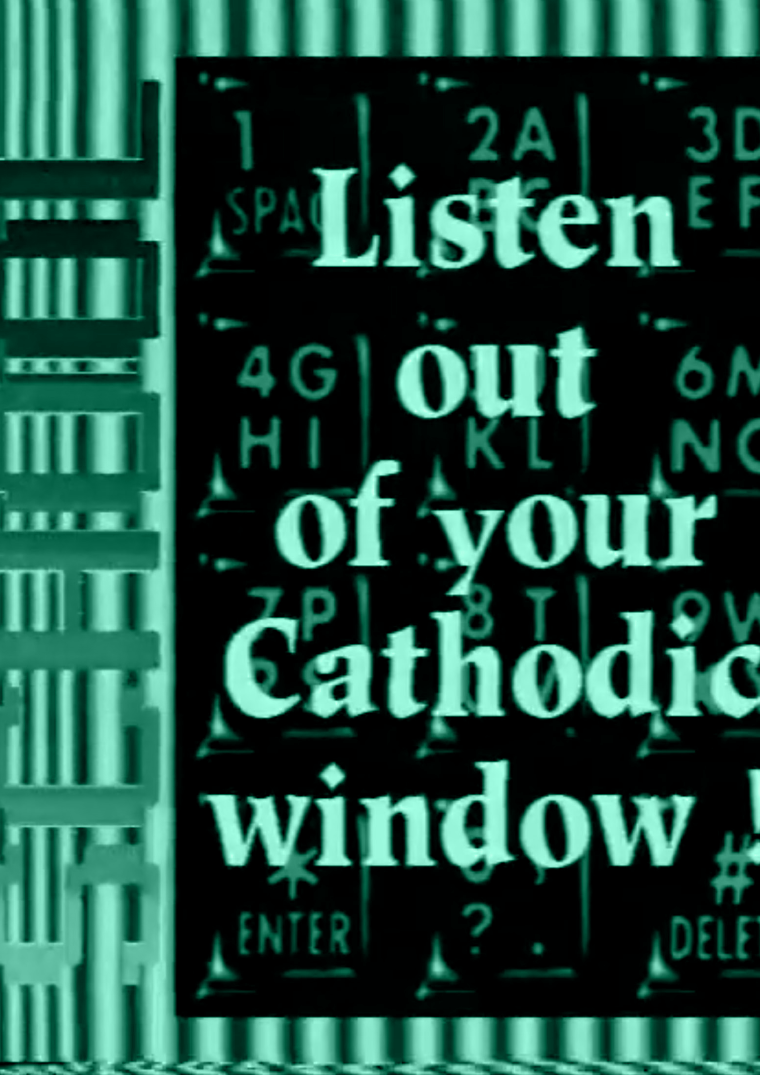Van Gogh TV´s “Piazza Virtuale” – Report-In-Progress and Preliminary Case study
Identifiers (Article)
Identifiers (Files)
Abstract
"Piazza Virtuale" was a ground-breaking art project that took place in 1992 during documenta 9. For one hundered days the artists group Van Gogh TV broadcast daily on the public cable television station 3Sat. It was seen by millions. The group tested models of what audiovisual media could look like if the public were involved in their design – a utopian concept that began to become reality with the advent of the WorldWideWeb from 1994 onwards. In addition to media artists and activists from all over Europe and Japan, the public was also able to participate in the program online, by telephone and fax, and help shape it. The result was a temporary "virtual community" that can be regarded as the predecessor of many contemporary net communities. A number of the phenomena that shape net culture today could already be observed in nuce at "Piazza virtuale": from chats to shitstorms, from smart mobs to cybersex, from collective creation to live video streaming. In this essay, we will give an overview of the project and outline the division of labor between the two project partners. This will be followed by an introduction into the theoretical framework of our research, before we describe in detail the archival approach and research methods that we have employed so far.
Statistics



